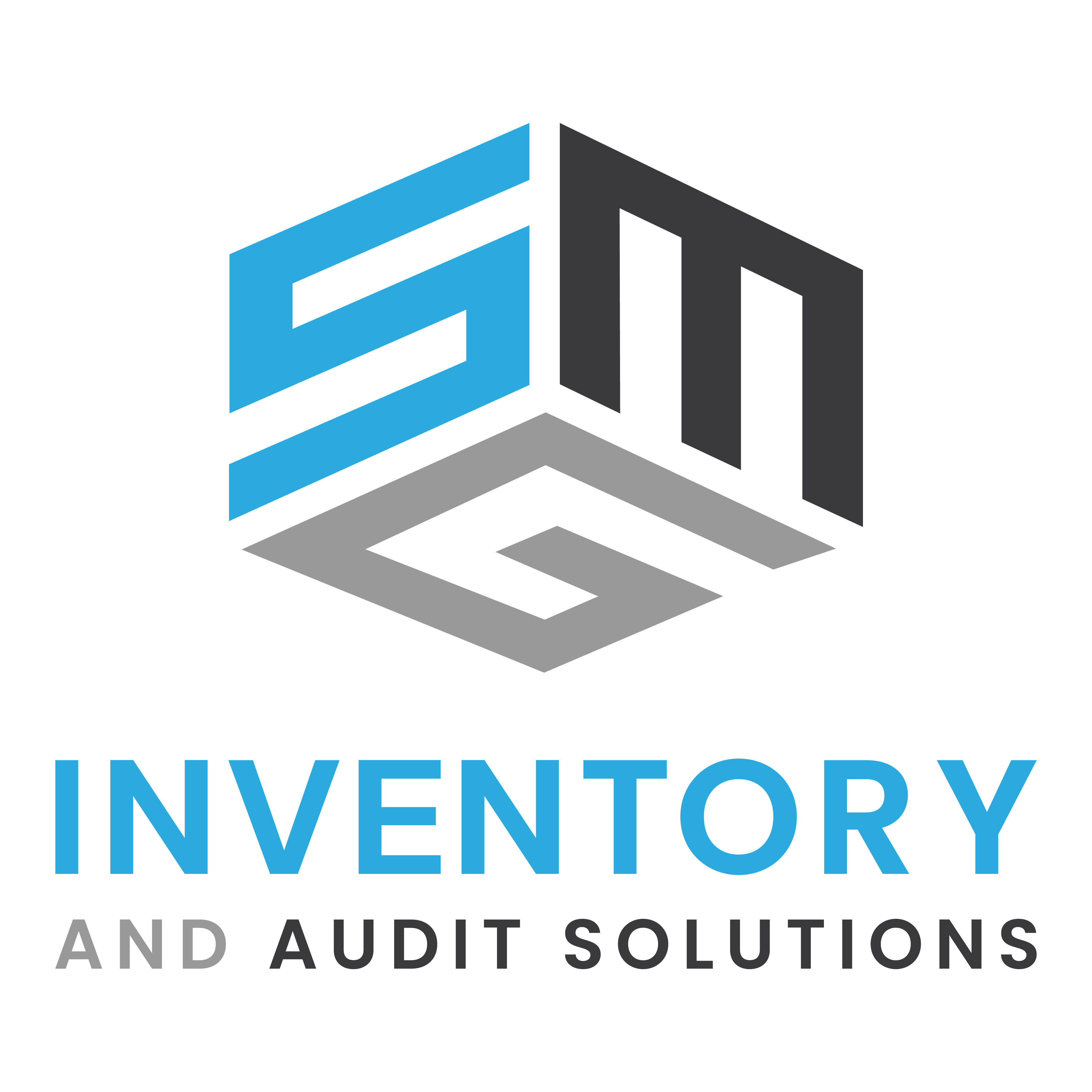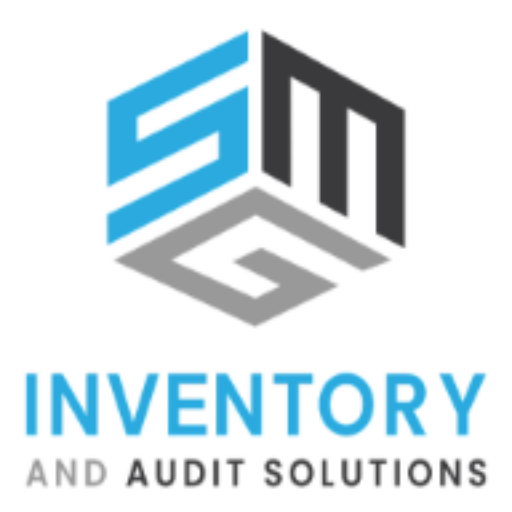Best Practices for Compliance Audits in 2025: A Complete Guide

Compliance audits have become an important component of business operations in the rapidly progressive regulatory environment worldwide. With 2025 escorting in novel rules, technological progression, and improved scrutiny, organizations must make sure they are audit-ready. Disappointment to comply with rules could end up with fines, reputational harm, and even legal penalties.
This blog explores the best implementation for conducting compliance audits in 2025, assisting businesses in staying ahead of regulatory changes and upholding operational honesty.
A compliance audit is a complete review of an organization’s adherence to regulatory needs, industry values, and interior policies. It assesses whether a company is next to legal obligations and maintains best practices in parts such as data security, financial reporting, and corporate governance.
With novel rules and stricter implementation measures, businesses need to accept proactive strategies for compliance audits. Some key elements driving the significance of compliance audits in 2025 comprise:
- Governments worldwide have to update regulations, specifically in industries like finance, healthcare, and data privacy.
- AI and automation are playing a greater role in compliance monitoring.
- Controlling bodies are storming up implementation efforts, making compliance audits more serious.
- A well-implemented compliance audit assists in alleviating risks and stops costly legal complications.
- To conduct a real compliance audit, organizations should emphasize the following core elements:
- Conduct interviews, inspect records, and measure devotion to compliance ethics.
- Guarantee all internal rules align with present regulations.
- Gather essential documentation, records, and transaction information.
- Recap findings and propose enhancements.
- Implement changes to address any lack of exposure during the audit.
- Recognize high-risk areas and prefer them during the audit procedure.
Laws and industry values evolve frequently. Organizations must be well-versed about changes in obedience requirements and adjust their policies accordingly.
- Using AI-driven audit tools, automation, and actual monitoring can improve accuracy and competence in compliance audits.
- Training employees on compliance values and ethical practices nurtures a workplace culture that arranges adherence to regulations.
- Performing periodic internal audits helps organizations identify and fix compliance gaps before external audits occur.
- Maintaining thorough documentation of compliance efforts ensures transparency and accountability, smoothing audits.
- Compliance is a continuing procedure. Businesses should frequently inform policies, review audit findings, and improve their method based on developing risks and regulations.
In 2025, technology will play a progressively vital part in compliance audits. Key novelties include:
- Automate data analysis and classify irregularities in compliance reports.
- Offering secure, unchallengeable records of dealings and compliance certification.
- Incessant compliance trailing using cloud-based answers.
- Forestalling compliance risks and proactively speaking about possible defilements.
Compliance audits are more significant as controlling scrutiny and technological progressions last to redesign business operations by succeeding in best practices, leveraging technology. By nurturing a compliance-driven culture, organizations can guarantee they endure to be audit-ready and lessen risks efficiently.



